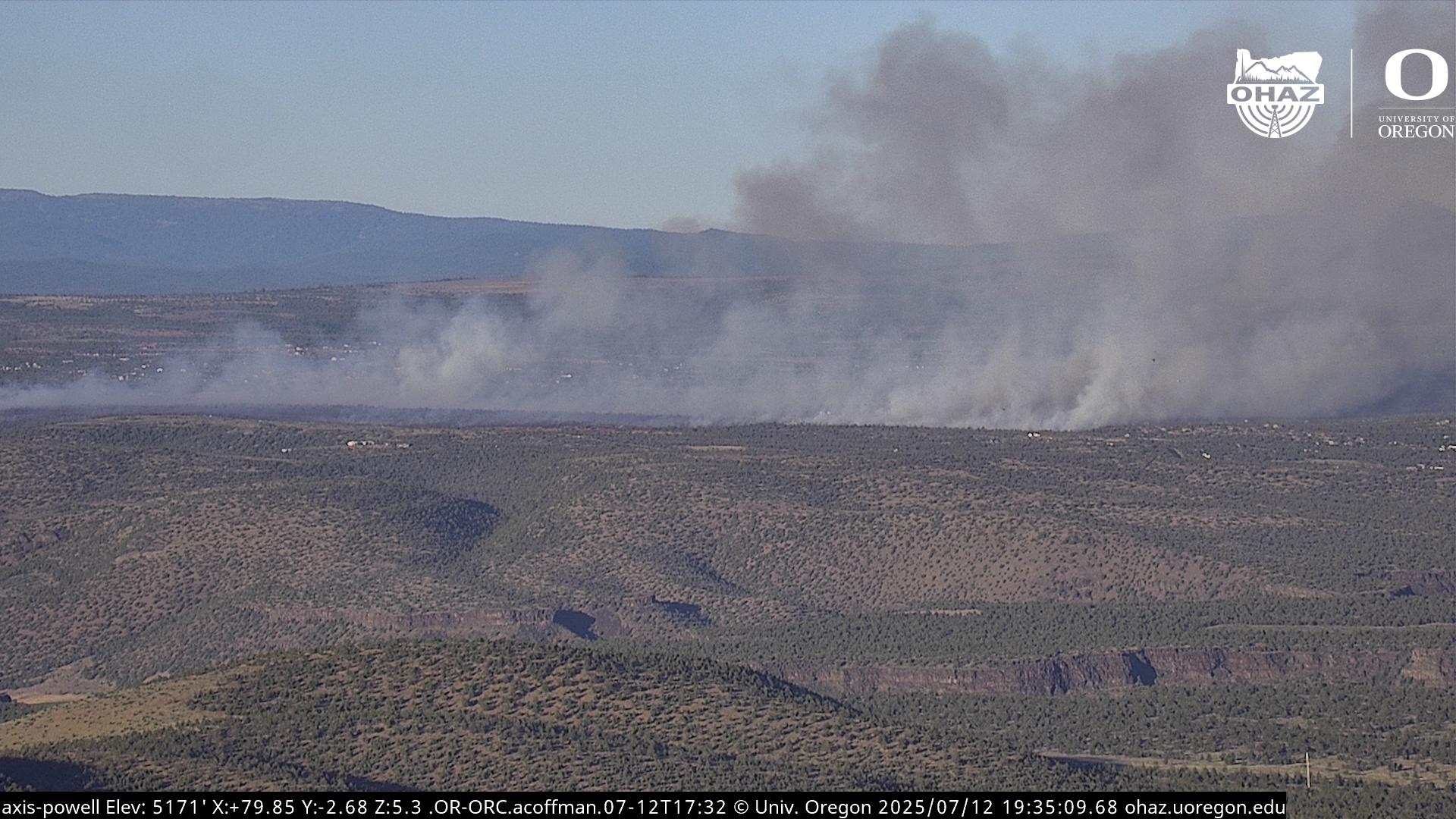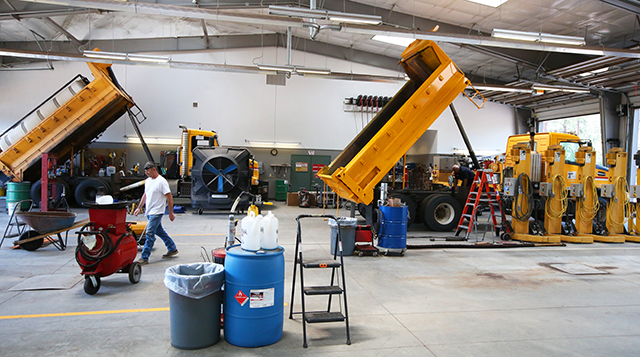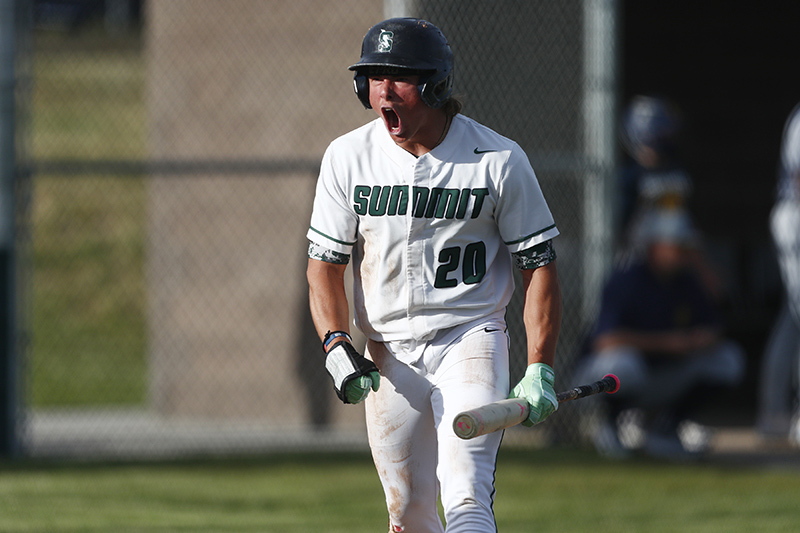Explore the mysteries of the ancient Pueblo people
Published 12:00 am Sunday, July 5, 2015

- Photos by Brad Branan / The Sacramento BeeChetro Ketl, another major archaeological site at Chaco Culture National Historic Park, is seen from a cliff. Archaeologist Edgar Hewett excavated the site in the 1920s.
GRAND GULCH, Utah —
As the setting sun turned the red rock of southern Utah to a deepening shade of pink, I set up camp below an ancient ruin tucked high into a cliff. My tent raised, I enjoyed a hot pasta dinner while contemplating what looked like a house 70 feet above from where I sat.
Trending
Questions came to mind about the people who lived up there roughly 1,000 years ago: Why did they live up on a cliff? How did they get up and down? What drove them away?
During a 10-day road trip in October, I visited three of the country’s best-known ancient archaeological sites at Chaco Culture National Historic Park in northwest New Mexico, Mesa Verde National Park in southwest Colorado and Utah’s Grand Gulch, a federally managed wilderness area.
Perhaps because the ruins are located in this country, I found them as compelling as better-known archaeological sites such as the Roman Forum in Italy or Chichen Itza, the ancient Mayan city in Yucatan, Mexico. The ruins provide clues about the Ancestral Puebloans, who preceded the Pueblo, Hopi and other Southwestern U.S. tribes, and who built towns with elaborate architecture, farms and places of worship.
Or so the experts say.
The Ancestral Puebloans — also known as the Anasazi — had no written language, leaving anthropologists and archaeologists to pore over the ruins and relics and make educated guesses about their lives. Some facts are fairly well established, such as the abandonment of Chaco and Mesa Verde about 800 years ago. Others are contested, such as how many people lived there and what their lives were like.
The lack of solid answers adds to the mystery of these lost communities, encouraging visitors to explore and ponder the possibilities.
Trending
First family of Southwest archaeology
I followed the path of Richard Wetherill, a rancher from Mancos, Colorado, whose family became intrigued with ruins in the late 19th century when he saw the cliff dwellings in nearby Mesa Verde.
The ruins were largely unknown to white Americans when the Wetherill family began exploring them, said Fred Blackburn, a former Grand Gulch ranger who has written books about the family and Southwest archaeology. Wetherill’s father tried to persuade the Smithsonian to send experts to inspect the sites, to no avail.
“They lacked a prejudice toward Indians because of their Quaker beliefs,” Blackburn said of the Wetherills in an interview. “Because they could better relate to the Indians, they were brought to the ruins.”
Richard Wetherill sought assistance elsewhere on how to handle the pots, baskets and other items he found lying in the dirt. He persuaded people with money, interest and experience to participate in the first major excavations of Mesa Verde, Grand Gulch and Chaco Canyon. A director of Harvard University’s natural history museum once hailed Wetherill’s work as “the most far-reaching single event in Southwestern archaeology.”
But because he sold artifacts and wasn’t a scientist, Wetherill was derided as a “pot hunter” who was only in it for the money, Blackburn said. Such claims led the federal government to halt his excavation at Chaco Canyon and to pass the American Antiquities Act in 1906. The law governed excavations and made it a crime to take relics from archaeological sites.
Blackburn said the negative characterizations of Wetherill were inaccurate, but persist despite efforts by Blackburn and other writers to set the record straight. He said Wetherill sold relics to museums for public benefit, in keeping with his traditions as a Quaker.
“Richard was an adventurer, a thinker, and he was trying to understand this culture,” Blackburn said.
Mesa Verde: mystery of cliff dwellers
Of the three archaeological sites I visited, Mesa Verde is the most restricted, owing to the large number of visitors, the fragile condition of the structures and their importance to American archaeology. Two of the best-known ruins in Mesa Verde, Balcony House and Cliff Palace, can be seen only on ranger-guided tours and are closed several months a year.
The cliff dwellings are arguably the most striking ruins in the Southwest. They resemble small villages, but what really makes them remarkable is their location, tucked into large crevices on valley walls hundreds of feet above the canyon floor.
While it appears that some of the dwellings were accessed from hand and footholds carved into the cliff walls, just how people got up and down the cliffs — by rope, ladder or other means — remains an open question, like so much else about them.
Perhaps the essential question: Why did they live in the cliffs? Protection from the weather? From enemies?
On my tour of Cliff Palace, a ranger explained that the Ancestral Puebloans likely sought to insulate themselves from the extremes of summer and winter weather. He cautioned, however, that this was only an interpretation and explanations about the Anasazi have changed over the years. He said the dwellings went beyond mere shelter, pointing to the plaster and decorative designs on the wall of one room.
Chaco: early apartment building?
The ruins at Chaco Canyon are open to the public, but the ranger tours provide useful context about what makes them unique.
What is most compelling about the Chaco ruins is their size. The best-known sites, Pueblo Bonito and Chetro Ketl, are each about the length of a city block. Each one is a collection of rooms and courtyards that still inspire awe, despite hundreds of years of decay.
Pueblo Bonito is the largest of Chaco’s 13 ruins and once stood four stories high. Looking down at Pueblo Bonito from a canyon ridge, it looks like a giant “D.”
The buildings, which encompass more than 350 ground-floor rooms, are distinguished by fine masonry — tiny pieces of rock were mortared with larger ones, making the walls strong enough to stand for hundreds of years. Other architectural touches include wood beams to support floors and window openings.
Perhaps the most distinctive feature of Pueblo Bonito specifically and Ancestral Puebloan architecture in general is the kiva, a circular room that some experts say served as ceremonial gathering places, although this interpretation has been disputed. Kivas had a hole in the roof, through which people entered, and a hole in the ground called a sipapu, the place from where their mythical ancestors appeared, according to the Hopi Indians who use kivas today.
In a book on Chaco, Edgar Hewett, the archaeologist who excavated Chetro Ketl in the 1920s, said its great kiva was “one of the most remarkable structures known in the Southwest.”
Pueblo Bonito, Chetro Ketl and other ruins at Chaco are called “great houses,” reflecting a long-held belief that they were basically large apartment buildings. Neil Judd, who excavated Pueblo Bonito for the National Geographic Society in the 1920s, said it was in effect the country’s largest apartment complex, at least until a bigger one was built in Manhattan in the late 1800s.
But some scholars have challenged this interpretation, saying that Chaco served as a ceremonial center and few people actually lived there.
Archaeologists have played the central role in defining Chaco and establishing its importance. Judd and Hewett, who successfully lobbied the U.S. government to stop Wetherill’s Chaco excavation, get plenty of credit.
Wetherill, despite conducting the first excavation of Pueblo Bonito, is somewhat overlooked. He does get mentioned at the park, although not for the reasons his supporters would like. His gravesite is a short distance from Pueblo Bonito, marked by a sign that says he was a “controversial figure in the history of the Southwest.” Wetherill was killed by a Navajo man who lived in the area.
“Every time the family goes out there, it irritates the heck out of us,” said Wetherill’s grandson, Jimmy Schnaffer. He subscribes to a theory advanced by Wetherill’s biographer that the killer was motivated by a federal Indian agent who was a longtime adversary.
Grand Gulch: still untouched
While it’s hard to match the impressiveness of the ruins in Mesa Verde and Chaco Canyon, nothing beats finding archaeological sites on your own. No place offers more opportunities for such exploration than Grand Gulch.
Strictly speaking, I didn’t find ruins in Grand Gulch on my own. I loaded the coordinates for the ruins into a GPS unit before leaving home. Still, because the coordinates were often off, and because the canyon terrain was difficult to traverse, locating the ruins felt like an act of discovery. I could begin to understand the excitement that Wetherill must have felt when he excavated Grand Gulch in 1897 — on his honeymoon, no less. The couple married in Sacramento during a family trip to California.
Overseen by the federal Bureau of Land Management, Grand Gulch offers a history of the ancient Pueblo people that no museum can match. It contains dozens and possibly hundreds of archaeological sites that are pretty much left in their natural surroundings, with few if any signs, protective barriers or crowds. Seeing kivas, granaries and pictographs free of such distractions gives one a sense of discovery and connection to history.
Seeing the ruins in their natural setting enables a better connection to the history, an insight I gained at Chaco earlier in the trip. I was walking through Pueblo Alto, a deteriorated and modest ruin by Chaco’s standards, when I suddenly was struck by the realization that people actually lived there centuries before.
The Bureau of Land Management limits the number of overnight permits in Grand Gulch, but I had no problem getting a permit in November. Permit-holders are required to watch a 30-minute video that instructs them to not disturb the ruins or take any potsherds, which are still lying around.
There are many canyons with ruins in Grand Gulch, which is part of the BLM’s Cedar Mesa area. I backpacked the most-popular route, going through Grand Gulch and exiting Bullet Canyon, a 25-mile hike that took three days. Like many BLM-managed trails, the ones in Grand Gulch are not highly maintained. Dense brush, rocks, canyon walls and dry waterfalls can make the going slow, especially when wandering off trail to find ruins. A lack of reliable water sources means you should carry as much as you will need to drink, particularly in the summer.
Still, the pleasures more than outweigh the difficulties. Seeing undisturbed ruins, with names such as Turkey Pen Ruin and Perfect Kiva, can be a transforming experience and bring you closer to a distant past.








